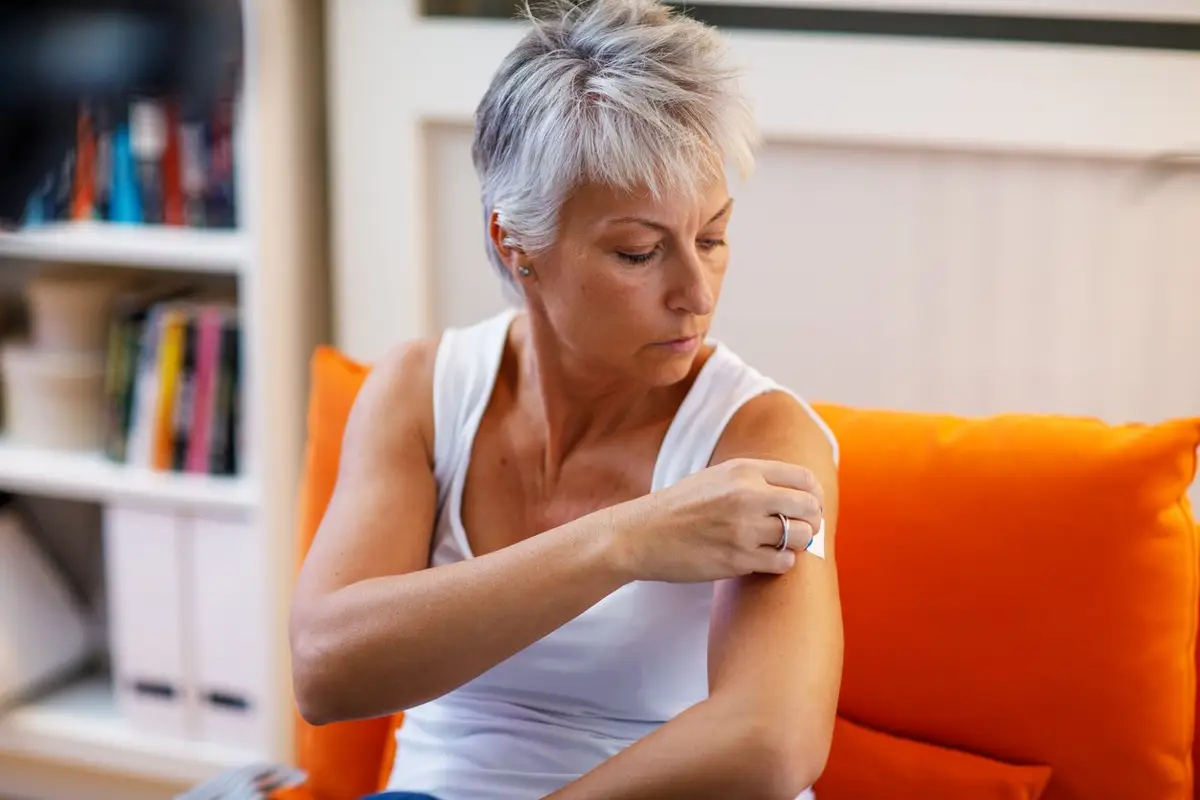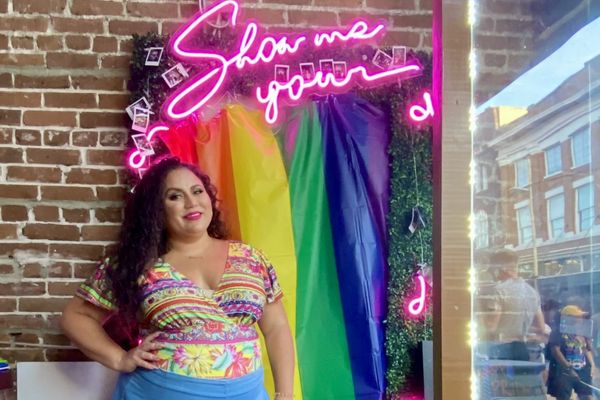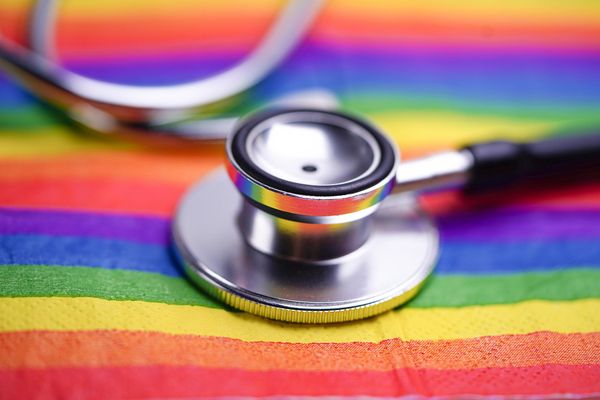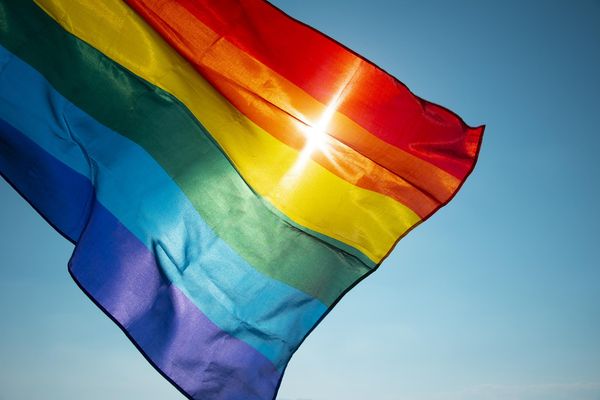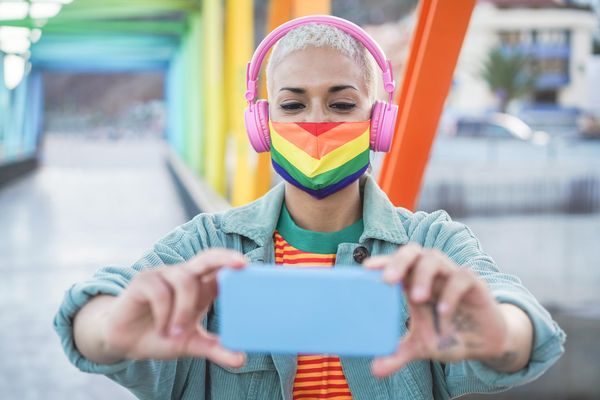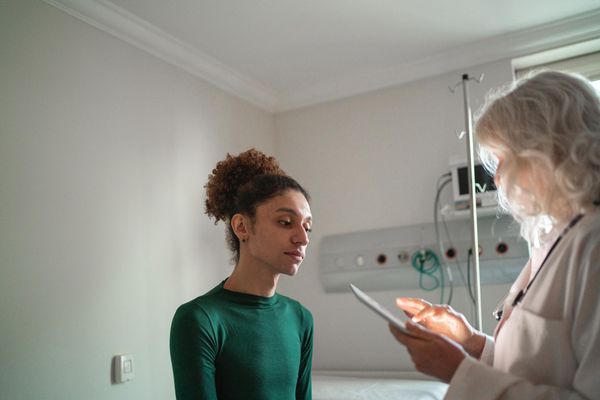“Because menopause happens to people.”
That’s the phrase that welcomes visitors to Queer Menopause, a website designed to raise awareness of LGBTQ+ experiences in menopause, provide resources and advocate for better education for healthcare providers (HCPs). The statement itself serves as a prominent display of inclusion.
Menopausal symptoms can manifest differently for everybody, and the spectrum of LGBTQ+ (including gender-diverse) identities adds additional nuance to an already individualized experience. For people who aren’t cisgender (when your gender identity matches your sex assigned at birth) or straight, existing advice and discussions about menopause can feel irrelevant or dismissive of their journeys altogether.
Whether it’s because of family and community stigma or a lack of training for HCPs, accurate information about the menopausal transition can be hard to find. And, when information is available, it’s not necessarily inclusive of all experiences.
“This is why I find it so frustrating when high-profile menopause organizations and activists persistently refuse to acknowledge the menopause experiences of nonbinary and trans people. They make their resources clearly available to women only, and this does everyone a disservice,” said Queer Menopause founder Tania Glyde, a London psychotherapist and counselor who specializes in working with LGBTQ+ clients.
In a study published in The Lancet, Glyde wrote that “queer menopausal clients frequently face multiple [forms of] discrimination when accessing therapy and healthcare services.” In our interview, Glyde expanded on this, saying that people need to know that what they’re experiencing may be perimenopause or menopause in the first place, and the lack of inclusive resources means this information may not be accessible to them at all.
“You don’t know what you don’t know, particularly if resources are not developed with you in mind,” Glyde said. “People would then have to be comfortable enough to approach their general practitioner or other healthcare practitioner. Many LGBTQIA+ people cannot be sure not to have assumptions made about their sex lives and relationships, i.e., being married to a man and having PIV [penis-in-vagina] sex, for example.”
Read: Do Transgender Women Experience Menopause? >>
Why is it important to include the LGBTQ+ community in the menopause conversation?
LGBTQ+ people have worse outcomes for multiple health conditions, and are less likely to get help from practitioners because of how they may be treated. That history could make it even more difficult to seek medical assistance for menopause, which is already stigmatized.
Menopause can lead to the development of new physical and mental health issues, and make pre-existing conditions worse. LGBTQ+ individuals are at a higher risk for mental health conditions.
Language that refers to all patients as “ladies,” “girls” or “women,” for example, can feel exclusive to people who don’t identify with those terms, such as nonbinary or trans people. The LGBTQ+ spectrum includes people who identify as women and people who don’t, so providers who want to be welcoming to all patients should consider more inclusive terms such as “people in menopause.” Asking for a patient’s pronouns and using them correctly can also help more individuals feel comfortable seeking care.
Lack of knowledge = a lack of adequate care
Advocates note a straight, cisgender focus can prevent people from getting the treatment they need because effective treatments can vary depending on one’s identity. For example, all people going through menopause will have a drop in estrogen levels, but recommendations such as hormone therapy might have to be approached differently for people (such as some trans and gender-diverse individuals with ovaries) on a gender-affirming hormonal regimen.
As another example, many people in menopause have genitourinary symptoms, such as vaginal dryness and atrophy, which can contribute to urinary tract infections and other health concerns. Too often, however, these concerns are only addressed in the context of sexual challenges with straight, cisgender partners. Any person who could benefit from topical estrogen treatment for genitourinary symptoms, for example, might not be given the opportunity to have those conversations if HCPs limit their focus to pain or discomfort during penetrative sex.
LGBTQ+ patients who are seeking help for sexual issues during menopause, such as low libido, might also be underserved if HCPs aren’t educated about sexuality outside a straight, cisgender context.
“Not everyone in menopause is trying to please a cis male partner, romantically or sexually,” Glyde said. “But someone may still be having issues in their sexual and romantic relationships because of physical and emotional changes, and need to see this documented and explored — and they need to be heard.”
Inclusion for all
The need to include everyone in the menopause conversation doesn’t stop just at members of the LGBTQ+ community. People from all marginalized communities should be brought into the conversation, including people with varying racial or ethnic backgrounds, socioeconomic status or other intersecting identities.
Glyde noted that one doesn’t have to be LGBTQ+ to benefit from the advice on the Queer Menopause site, saying, “There are many groups whose menopause-related needs would benefit from greater visibility.”
Glyde also offered advice for HCPs who want to better treat all patients in perimenopause or menopause.
“Listen to young people,” Glyde said. “They are the menopausers of tomorrow. Listen to their experiences of their gender and sexuality, and their health and mental health. Learn about all the letters in the LGBTQIA+ acronym and take care about your public-facing menopause resources and make them inclusive, either through neutral language or adding identities so that no one is excluded.”
This educational resource was created with support from Astellas.
- Healthcare Access for Transgender Women ›
- Embracing Hope: The Transformative Power of Gender-Affirming Care ›
- Gender-Affirming Care Is Important ›
- Do Transgender Women Experience Menopause? ›
- LGBTQ People Face Discrimination in Healthcare - HealthyWomen ›
- Gender-Diverse and Trans People and Menopause - HealthyWomen ›

